If you are visiting the Midwest or live there, consider visiting one of these Midwest cities with the most farmers’ markets per capita. Over the last several decades, farmers’ markets have seen a substantial boom. What exactly is the pull of a small or big town market offering locally grown and sourced products and food?
Picture walking through a farmer’s market packed with locally cultivated fruits and vegetables, businesses selling handmade items, and locals chatting about the week’s events. Among those locals, you happen upon an elderly gentleman and his wife selling freshly grown corn and green beans. When you start chatting, you mention that you used to love eating your grandmother’s cream corn casserole, but you have yet to find a recipe to duplicate it. He asks about your grandma, and you both realize he and her lived in the same city growing up. He shares his family’s recipe for the casserole with you, which is most likely similar to hers, and now you can’t wait to go home and try it. Standing outside, you can hear the birds chirping, feel the fresh air and sunshine on your face, and think to yourself, this is a fantastic day. Farmers markets offer a unique and personal touch that grocery stores cannot top.
It is believed that since at least ancient Egypt, but most likely before, farmers’ markets have been ingrained into society. Some perks of shopping at local markets include:
- Putting money back into your local economy, supporting families and businesses in your community.
- Finding fresh and organically grown fruits and vegetables.
- Typically, the fruits and vegetables are pesticide-free.
- The food sold is at its peak growing season.
- You may find a product you have never tried before.
- You have a chance to get to know the people in your community.
According to the National Conference of State Legislation website, there are approximately 8,600 farmers markets across the United States. As summer approaches, the Midwest cities with the most farmers’ markets per capita are worth visiting, if only to experience the essence of a local market.
To determine the Midwestern cities with the most farmers markets, 24/7 Tempo reviewed data on farmers market listings from the USDA. Cities were ranked based on the total number of farmers markets listings per 100,000 residents. Place boundary definitions came from the U.S. Census Bureau and were buffered five miles to include farmers markets just outside the city boundary. Data on population is from the U.S. Census Bureau’s American Community Survey. Only cities with at least 40,000 residents were considered.
25. Fort Wayne, IN
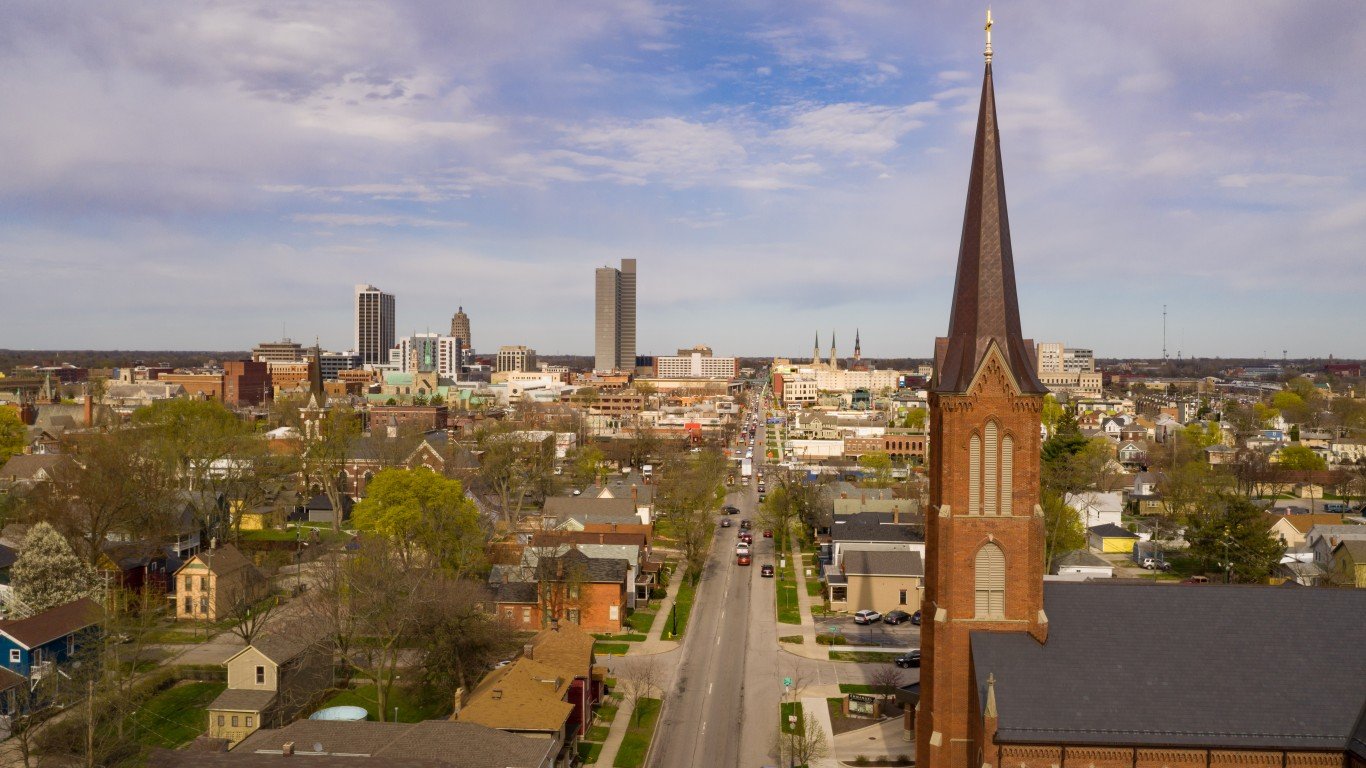
- Concentration of farmers markets: 3.8 per 100,000 residents
- Farmers market count: 10 listings
- Total population: 264,514
24. Cleveland, OH
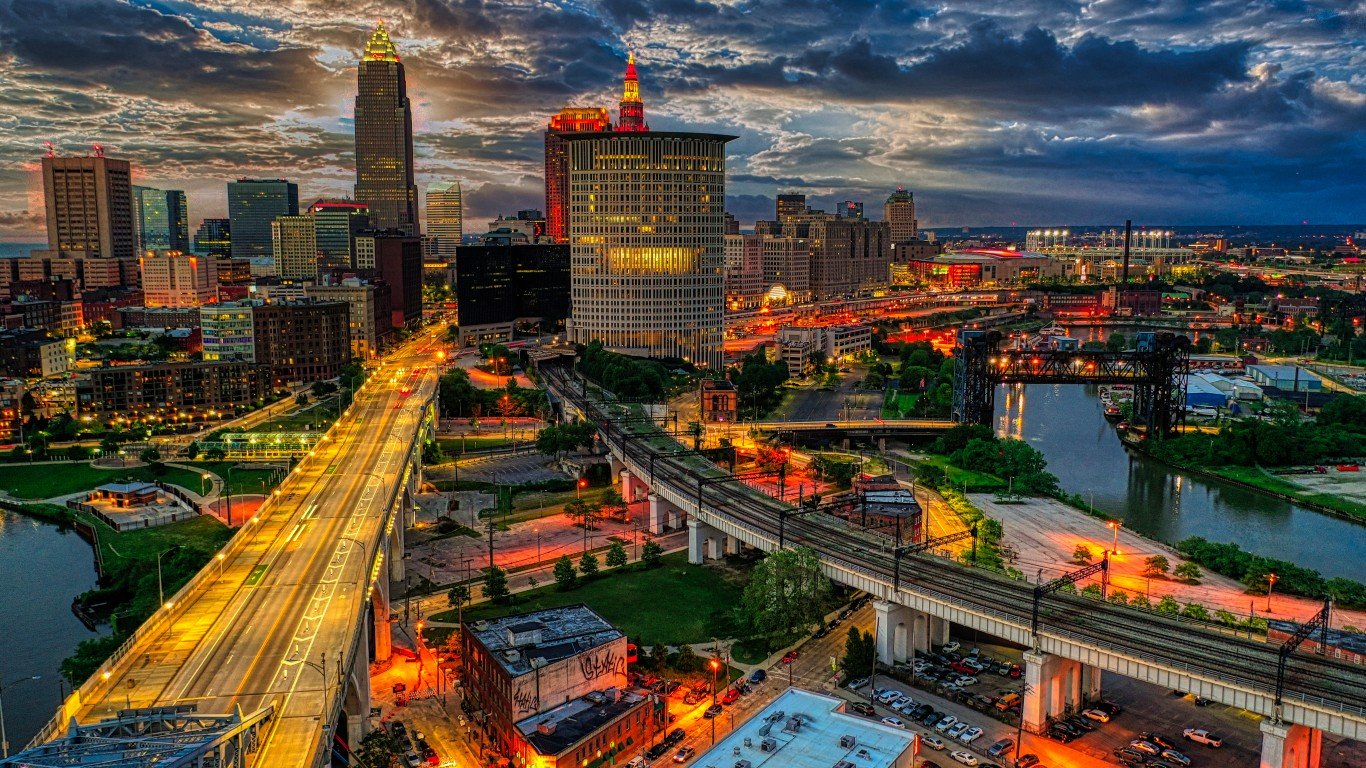
- Concentration of farmers markets: 4.1 per 100,000 residents
- Farmers market count: 15 listings
- Total population: 370,365
23. Detroit, MI
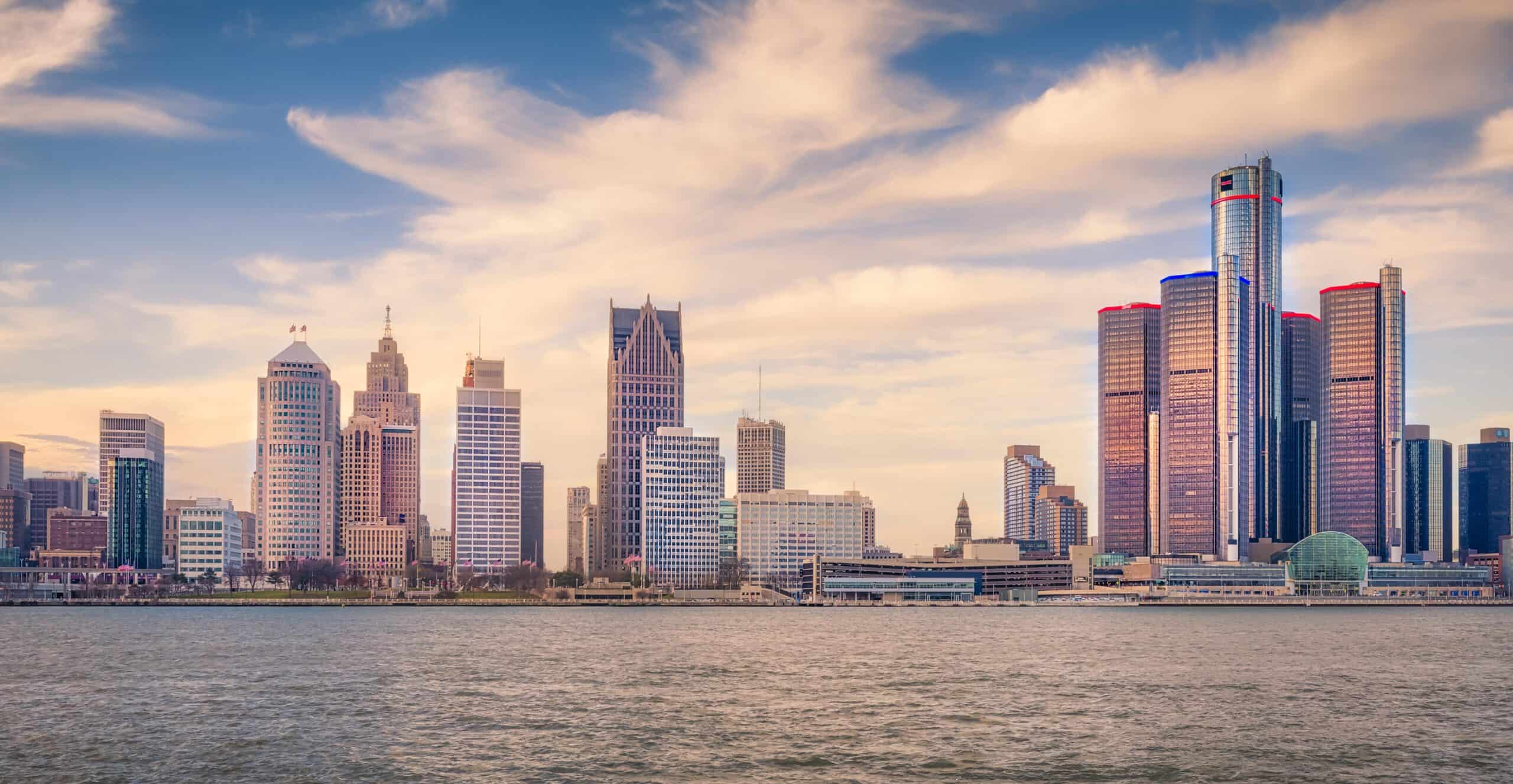
Detroit Skyline, Detroit, Michigan, USA
- Concentration of farmers markets: 4.2 per 100,000 residents
- Farmers market count: 27 listings
- Total population: 636,787
22. Kansas City, MO
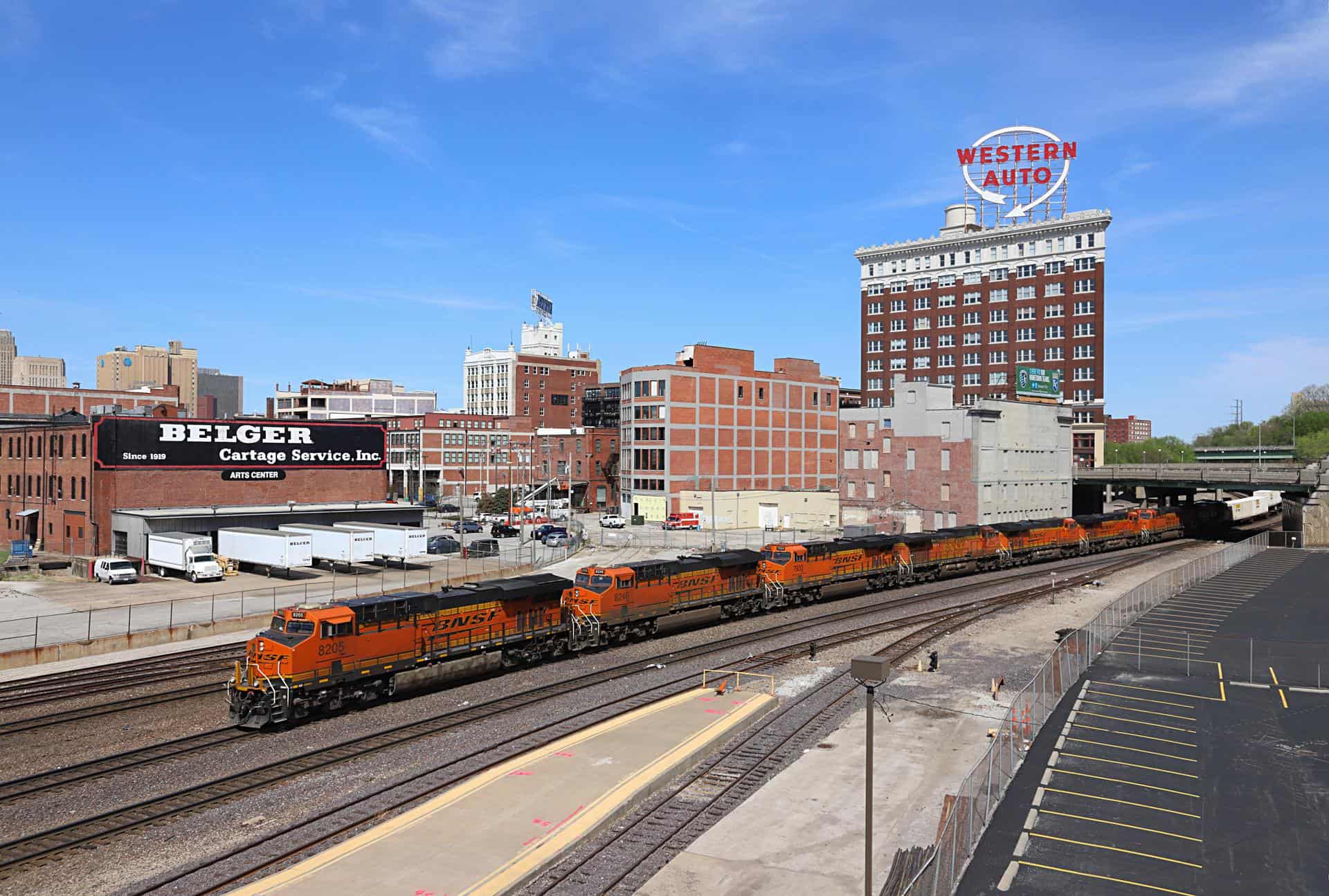
A westbound BNSF stack train rolls by the Western Auto sign on the KCT in Kansas City, Mo.
- Concentration of farmers markets: 4.5 per 100,000 residents
- Farmers market count: 23 listings
- Total population: 505,958
21. Topeka, KS
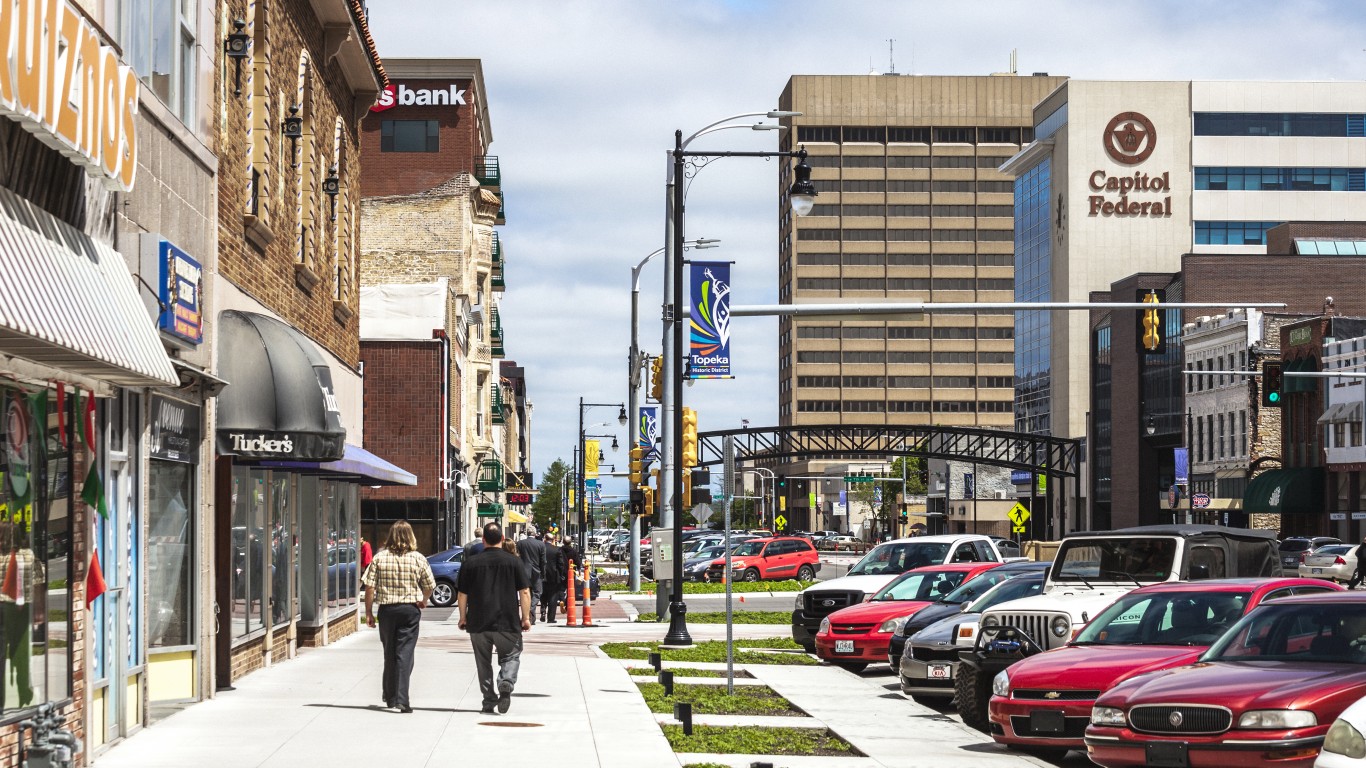
- Concentration of farmers markets: 4.7 per 100,000 residents
- Farmers market count: 6 listings
- Total population: 126,431
20. Madison, WI
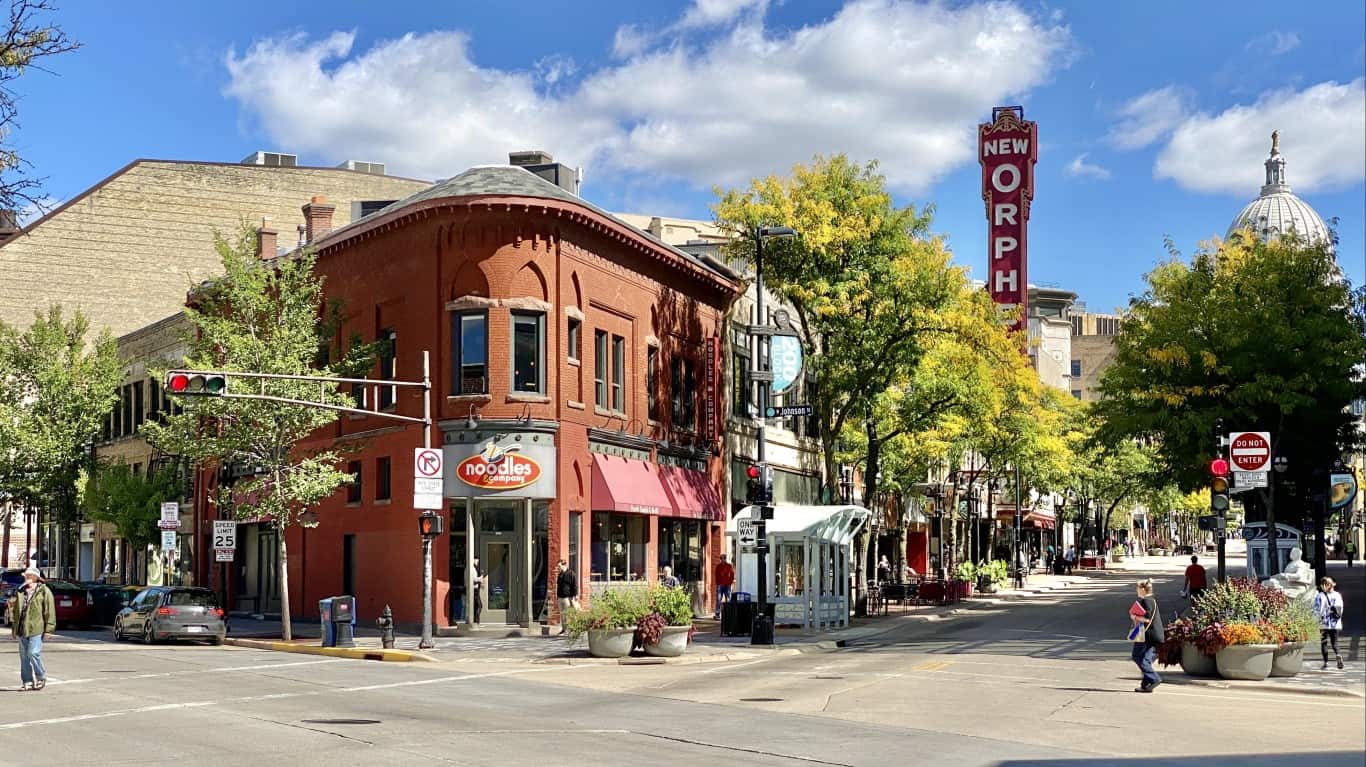
Built in 1895, this Gothic Revival-style building was built for the Conklin family, and features a red brick exterior, bonnet roof with exposed rafter tails, blind gothic arches, rusticated stone sills and lintels, first floor retail storefronts with decorative cornices, one-over-one and casement replacement windows, a stone base and recessed brick panels around many of the second floor windows. The building is a contributing structure in the State Street Historic District, listed on the Wisconsin State Register of Historic Places.
- Concentration of farmers markets: 4.8 per 100,000 residents
- Farmers market count: 13 listings
- Total population: 268,516
19. Milwaukee, WI
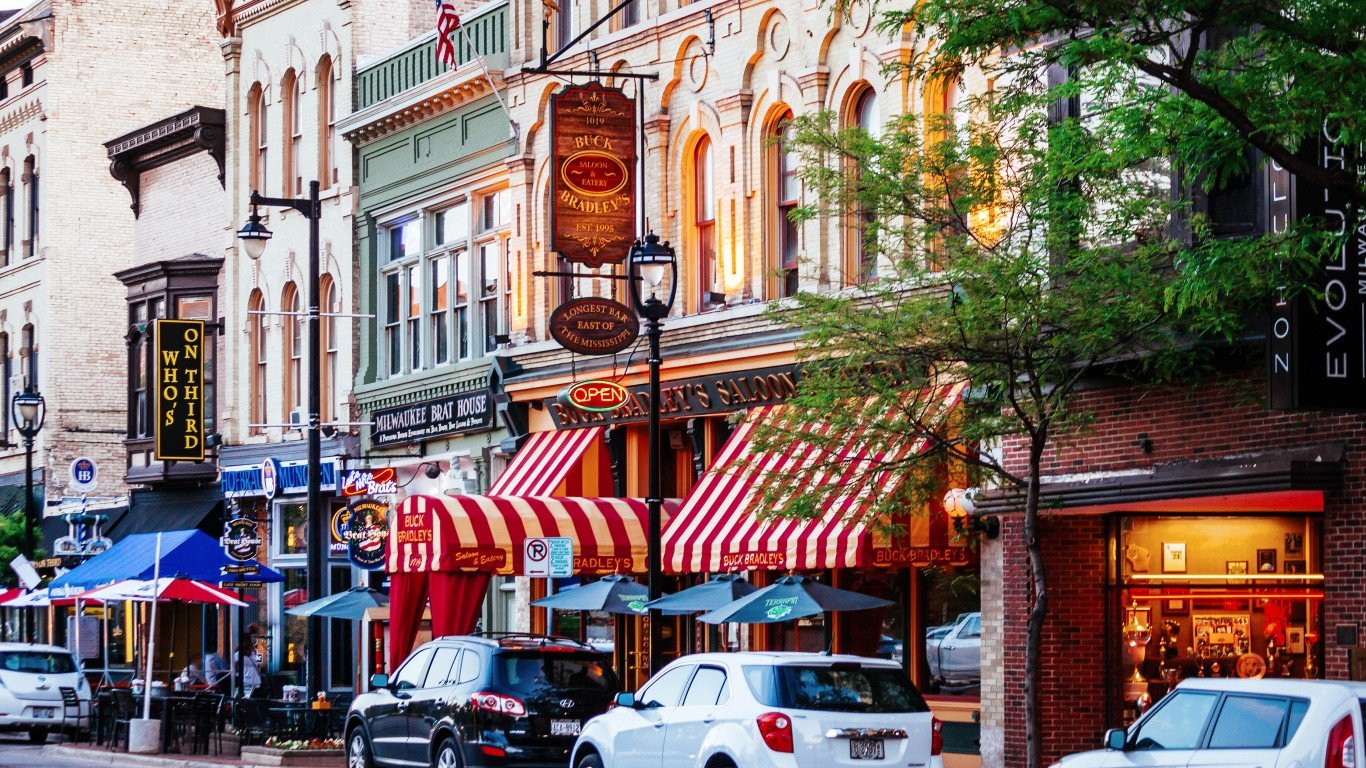
- Concentration of farmers markets: 5.1 per 100,000 residents
- Farmers market count: 29 listings
- Total population: 573,299
18. Lawrence, KS
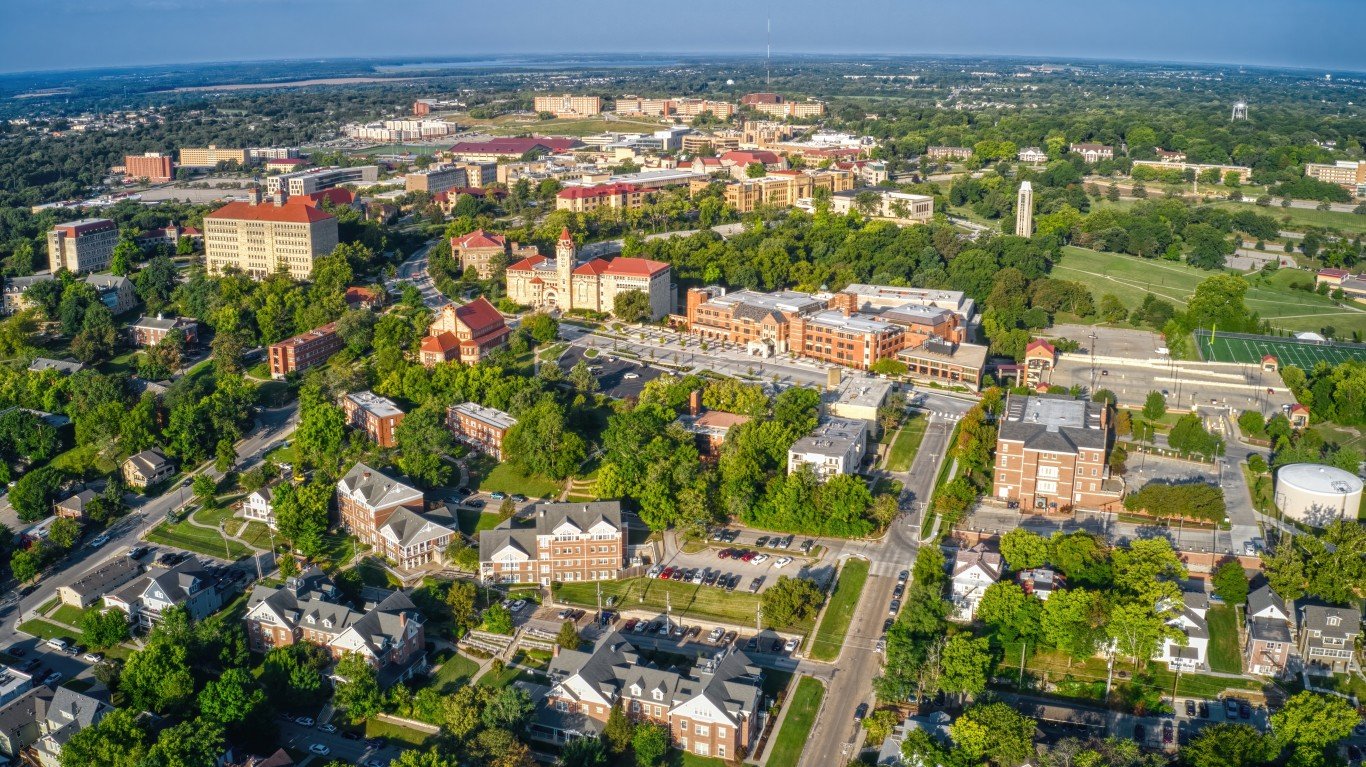
- Concentration of farmers markets: 5.3 per 100,000 residents
- Farmers market count: 5 listings
- Total population: 95,103
17. Peoria, IL

- Concentration of farmers markets: 6.2 per 100,000 residents
- Farmers market count: 7 listings
- Total population: 113,054
16. Grand Rapids, MI
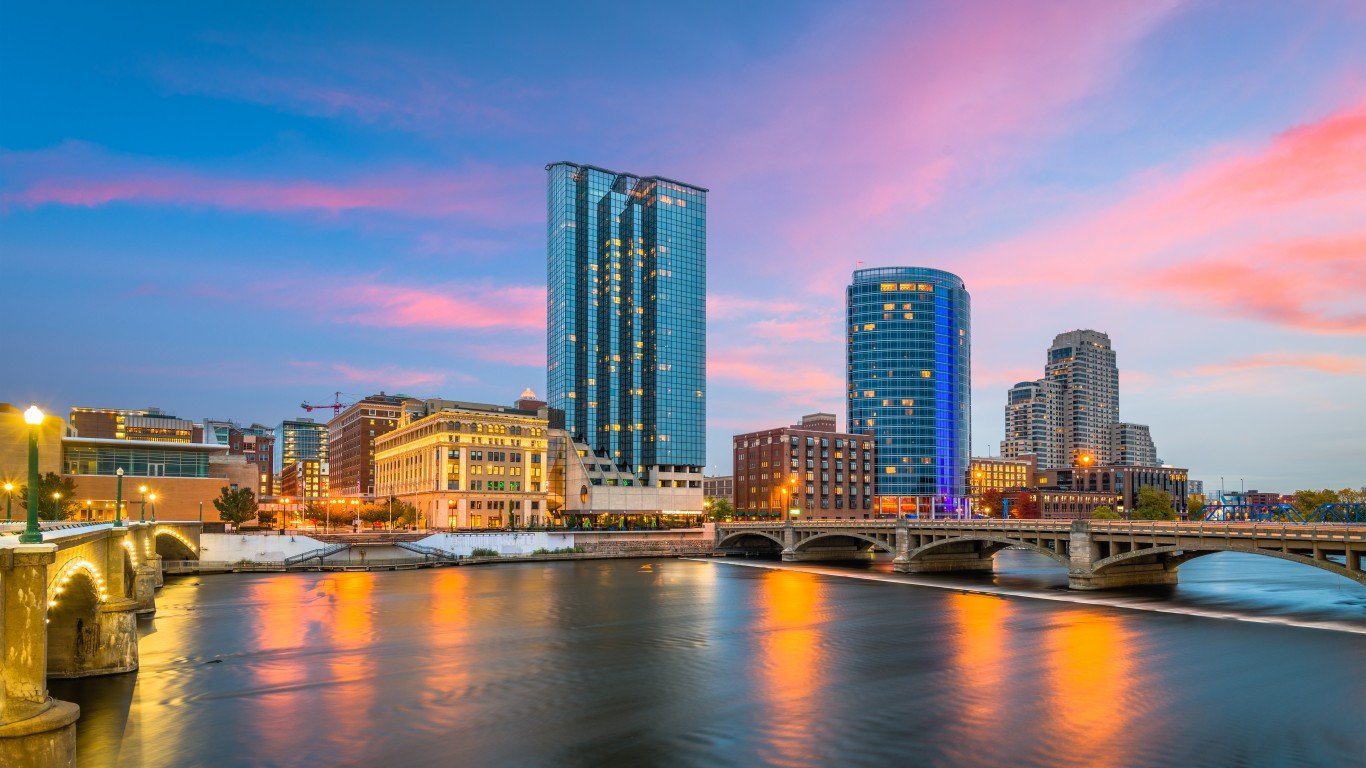
- Concentration of farmers markets: 6.6 per 100,000 residents
- Farmers market count: 13 listings
- Total population: 198,096
15. Des Moines, IA
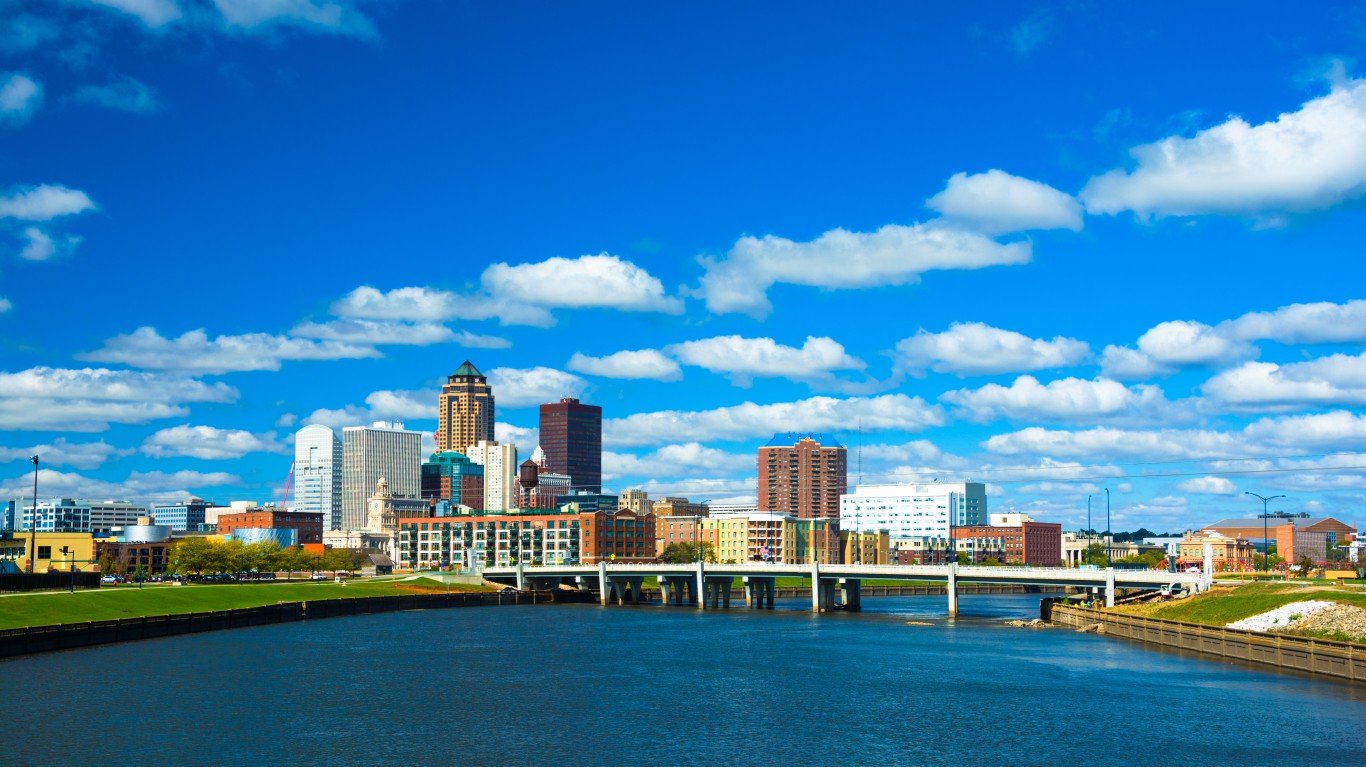
- Concentration of farmers markets: 6.6 per 100,000 residents
- Farmers market count: 14 listings
- Total population: 213,164
14. Rockford, IL
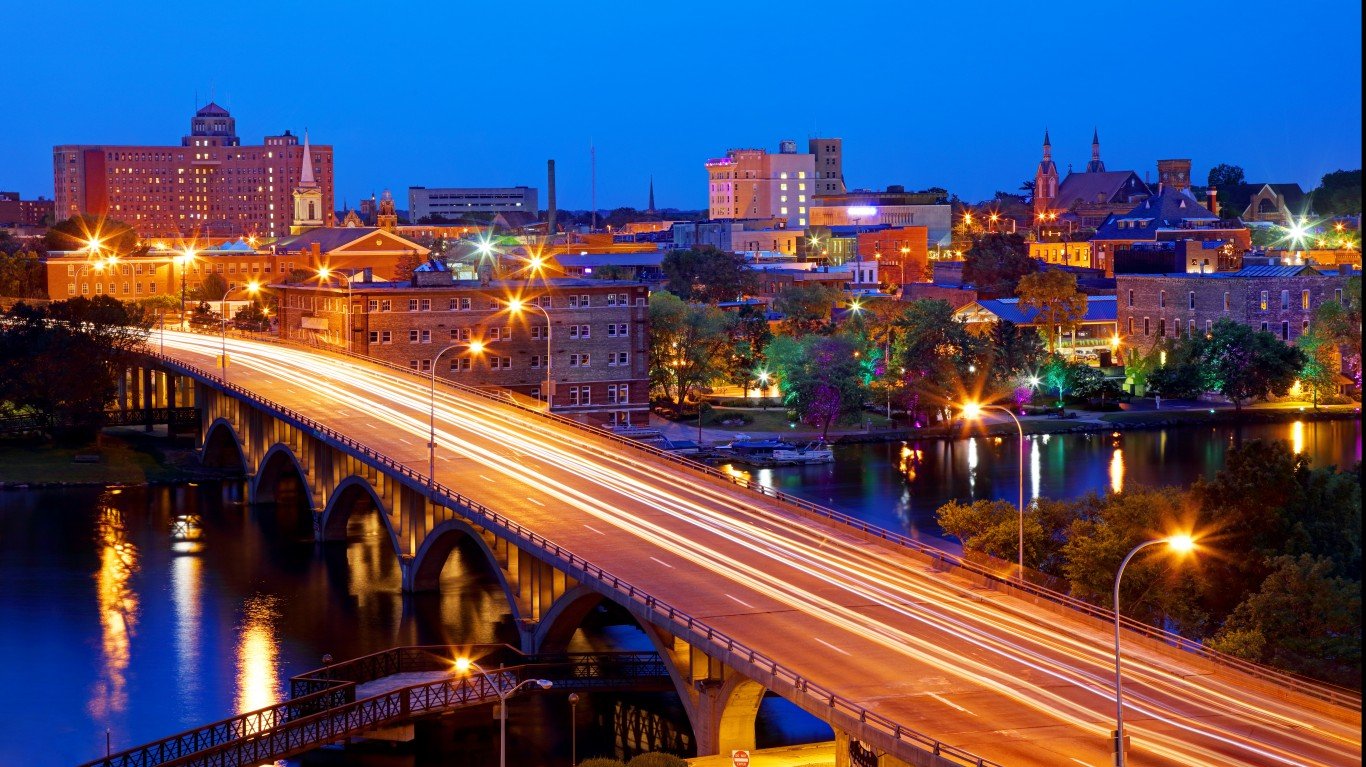
- Concentration of farmers markets: 6.7 per 100,000 residents
- Farmers market count: 10 listings
- Total population: 148,173
13. South Bend, IN

- Concentration of farmers markets: 6.8 per 100,000 residents
- Farmers market count: 7 listings
- Total population: 103,084
12. Cincinnati, OH

Cincinnati, Ohio
- Concentration of farmers markets: 7.1 per 100,000 residents
- Farmers market count: 22 listings
- Total population: 308,870
11. Manhattan, KS
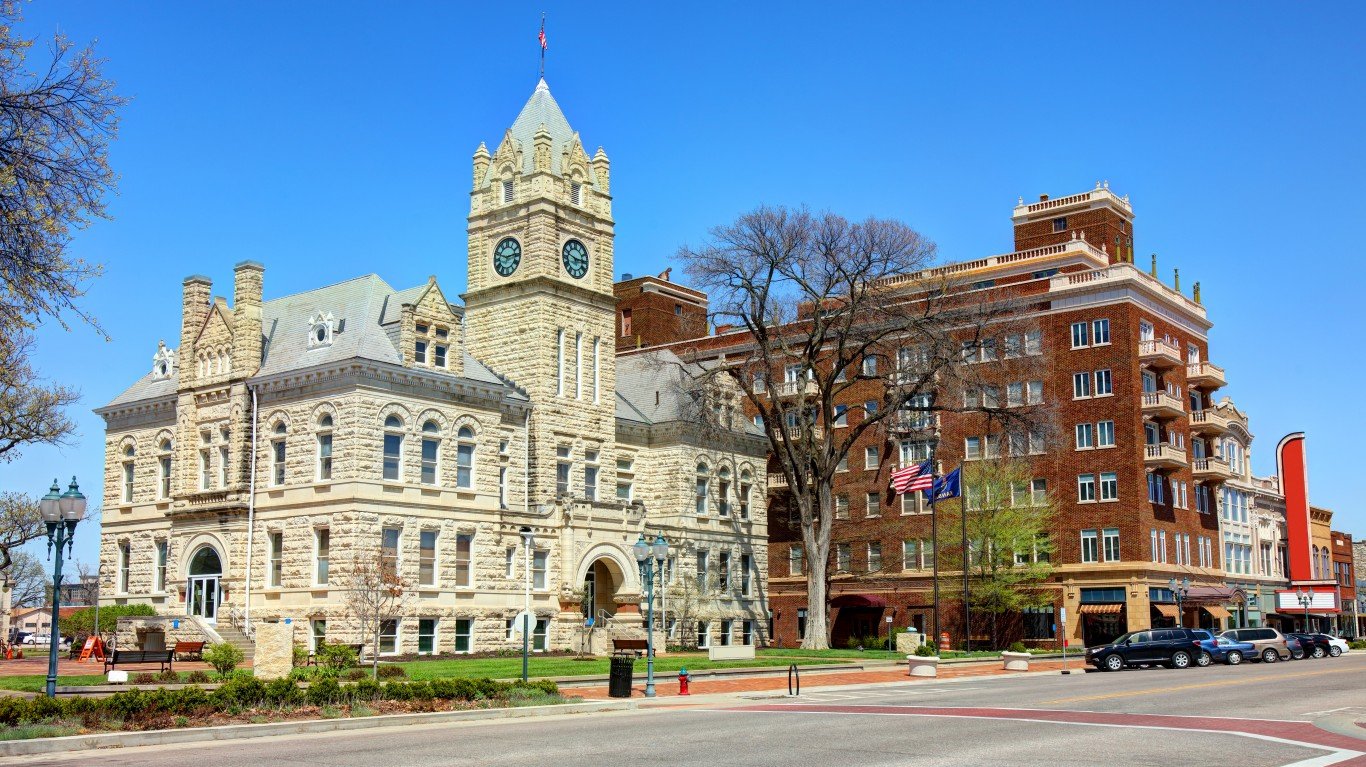
- Concentration of farmers markets: 7.4 per 100,000 residents
- Farmers market count: 4 listings
- Total population: 54,287
10. Oshkosh, WI
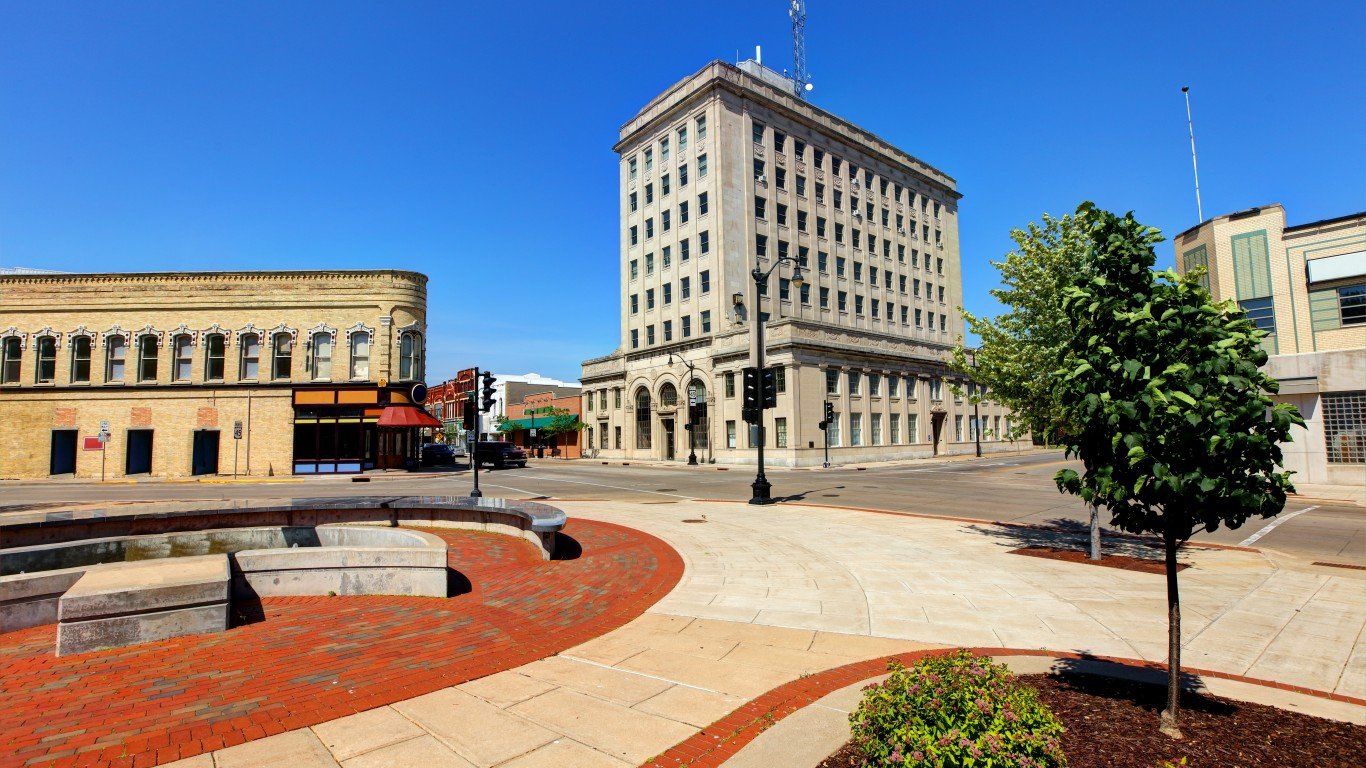
- Concentration of farmers markets: 7.5 per 100,000 residents
- Farmers market count: 5 listings
- Total population: 66,373
9. Bloomington, IN
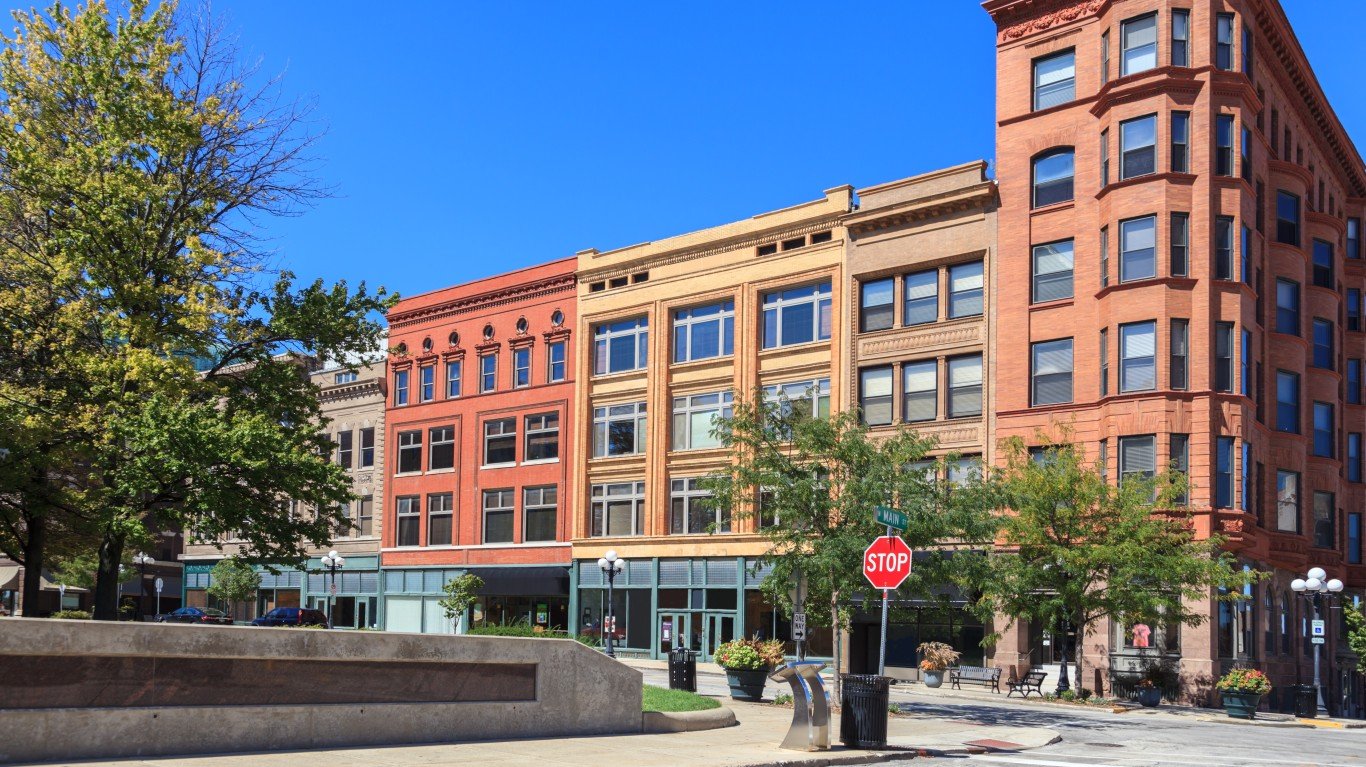
- Concentration of farmers markets: 7.6 per 100,000 residents
- Farmers market count: 6 listings
- Total population: 79,006
8. Dayton, OH
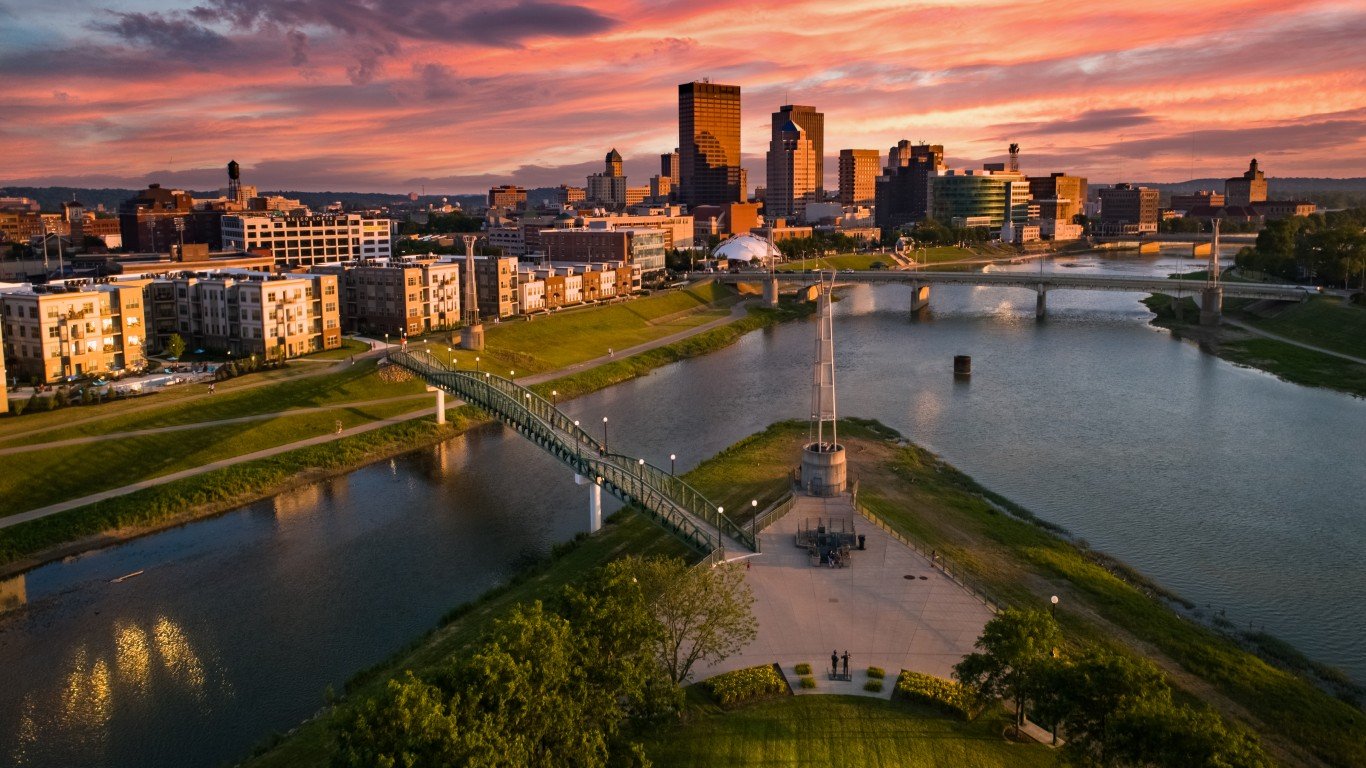
- Concentration of farmers markets: 8.0 per 100,000 residents
- Farmers market count: 11 listings
- Total population: 137,305
7. Ann Arbor, MI
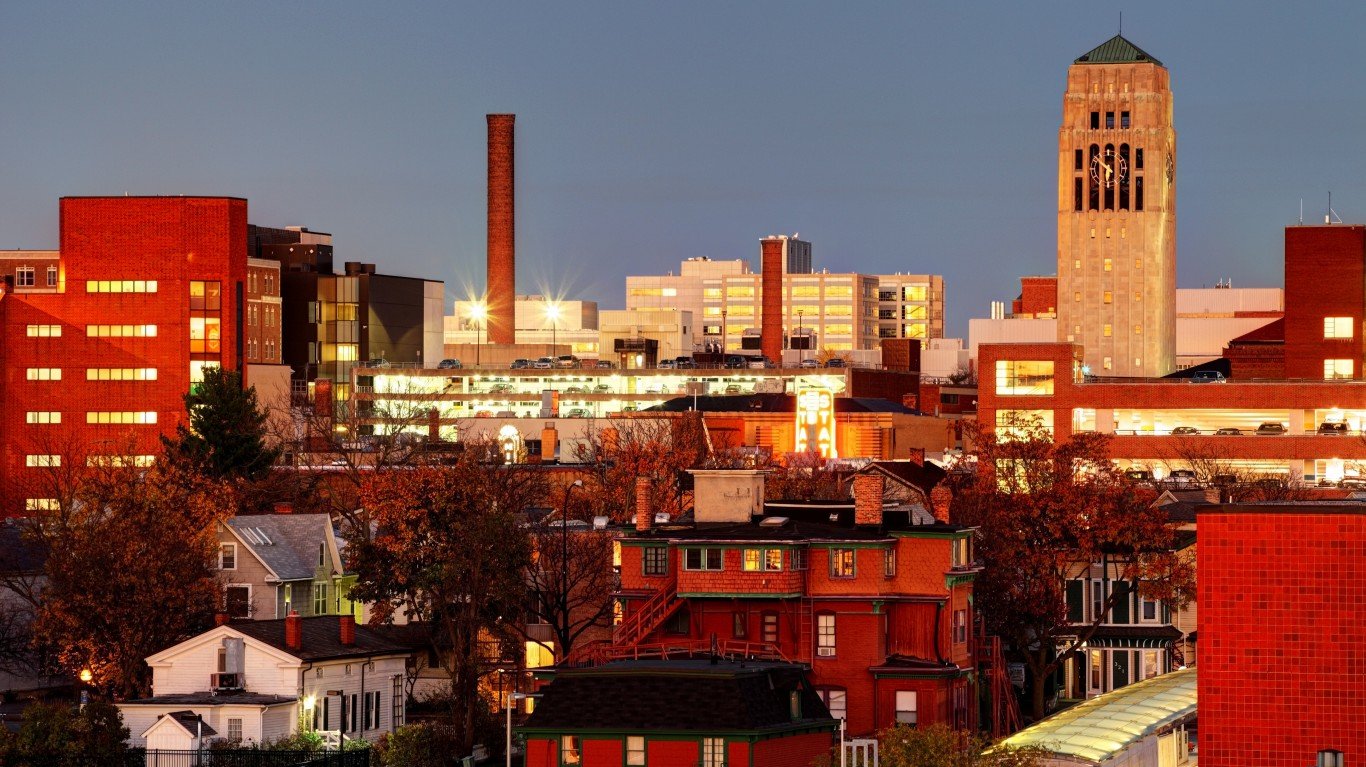
- Concentration of farmers markets: 8.2 per 100,000 residents
- Farmers market count: 10 listings
- Total population: 122,216
6. Waterloo, IA
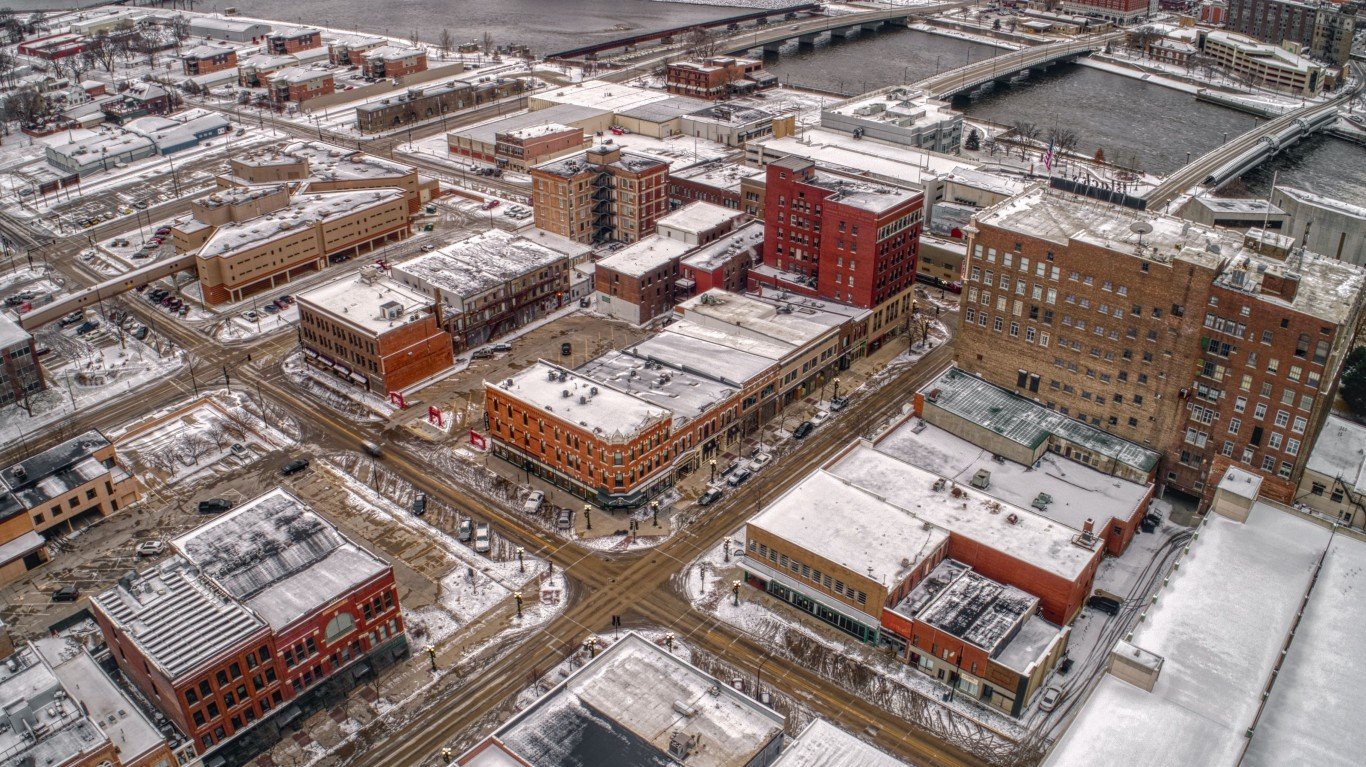
- Concentration of farmers markets: 10.4 per 100,000 residents
- Farmers market count: 7 listings
- Total population: 67,256
5. Kenosha, WI
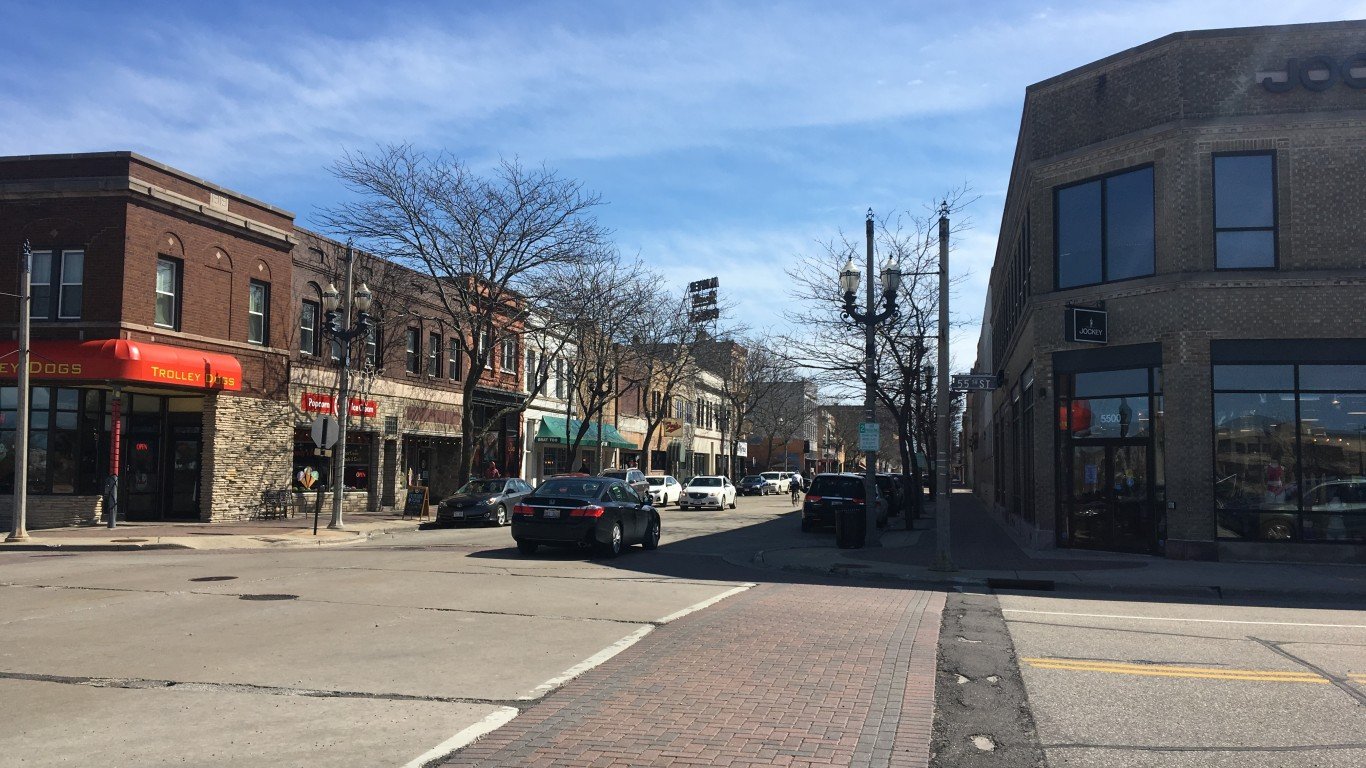
- Concentration of farmers markets: 11.1 per 100,000 residents
- Farmers market count: 11 listings
- Total population: 99,493
4. Minneapolis, MN
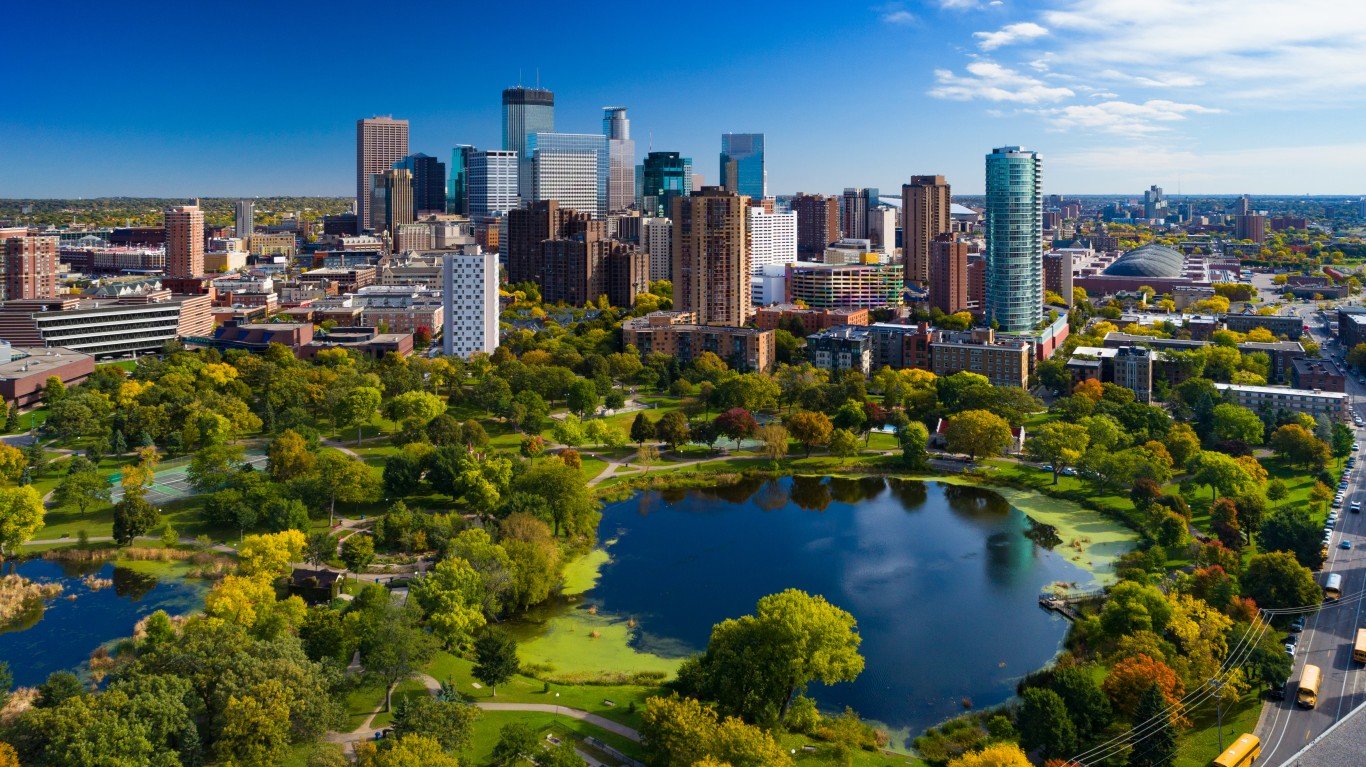
- Concentration of farmers markets: 11.7 per 100,000 residents
- Farmers market count: 50 listings
- Total population: 426,877
3. Appleton, WI

- Concentration of farmers markets: 12.0 per 100,000 residents
- Farmers market count: 9 listings
- Total population: 75,133
2. Lansing, MI

- Concentration of farmers markets: 13.3 per 100,000 residents
- Farmers market count: 15 listings
- Total population: 112,986
1. Duluth, MN

- Concentration of farmers markets: 13.8 per 100,000 residents
- Farmers market count: 12 listings
- Total population: 86,772
